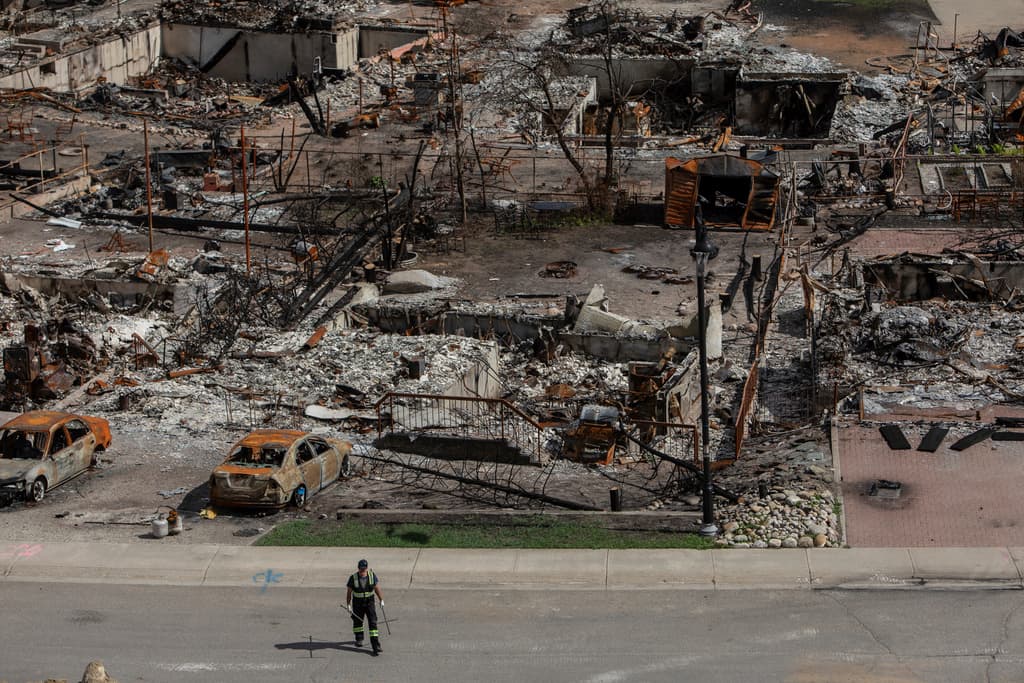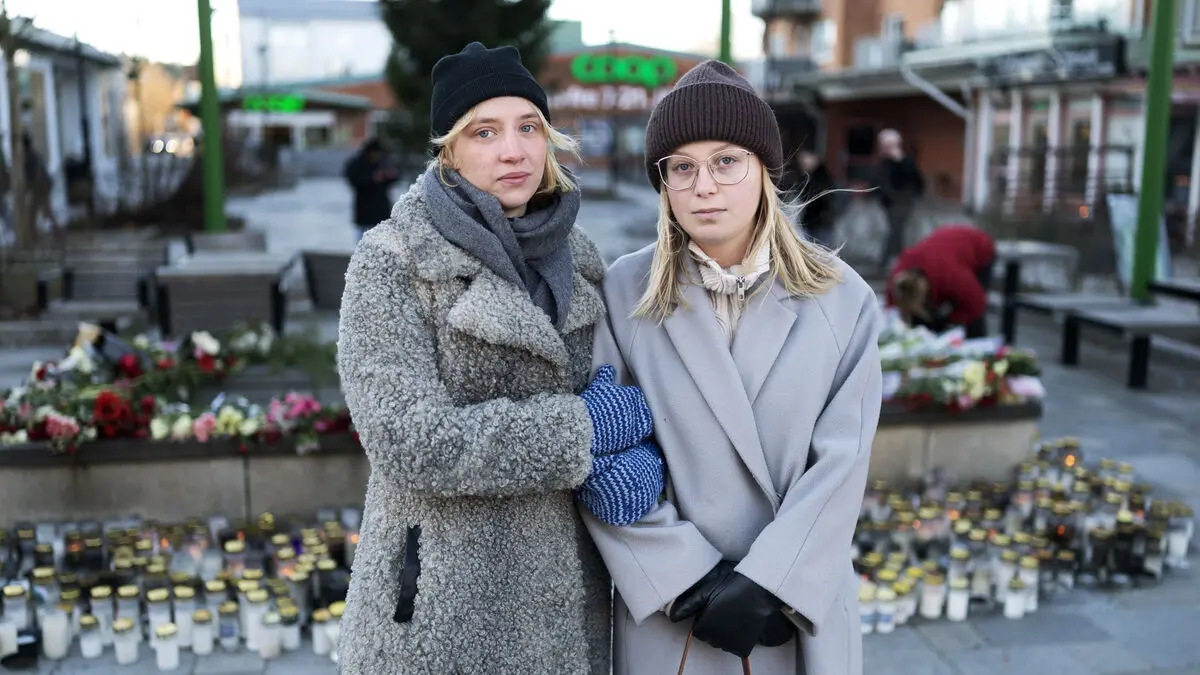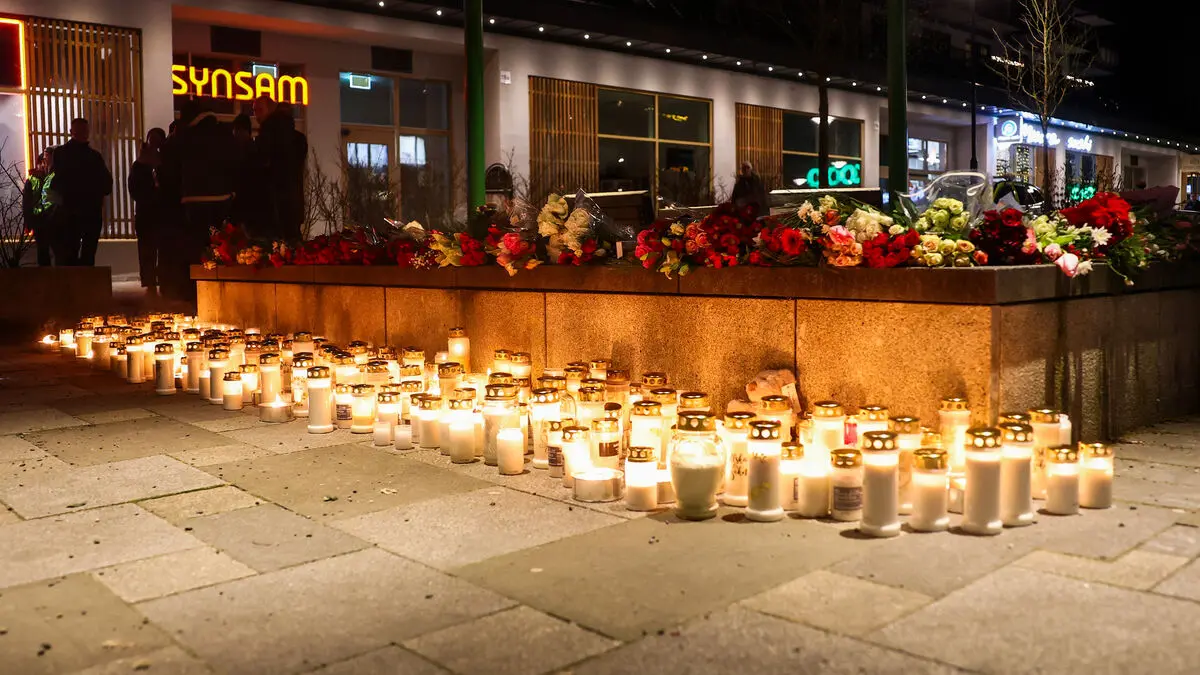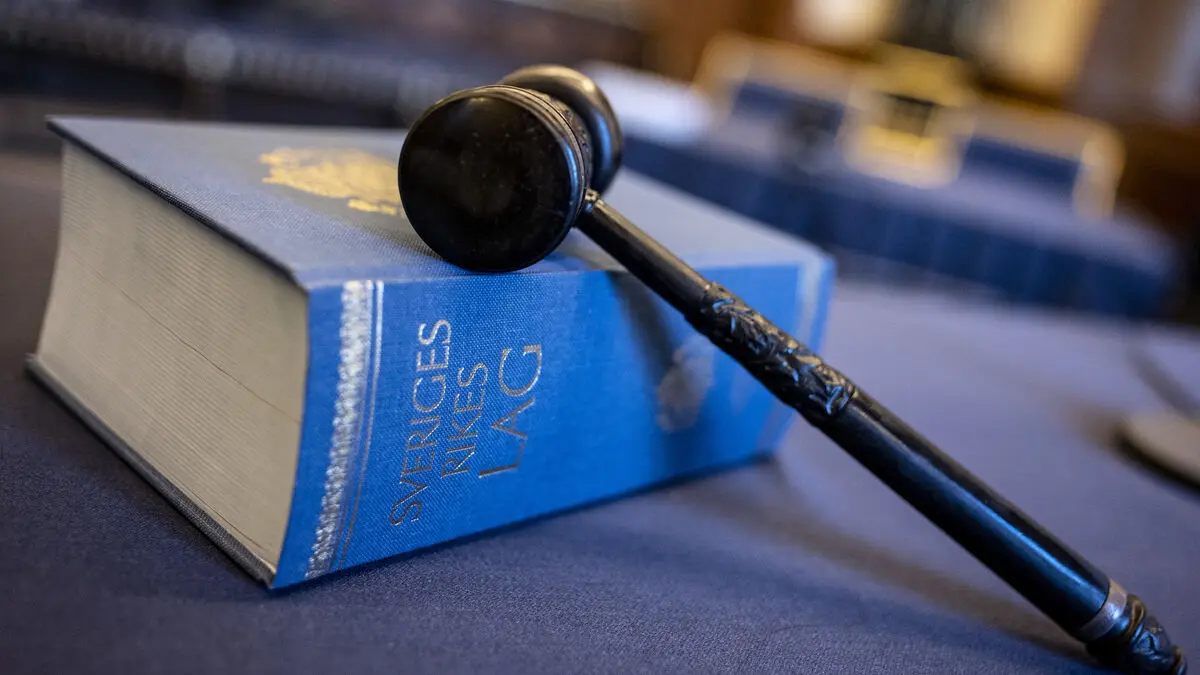A typical day would have seen the town of Jasper bustling with people and activity. But a month after the big fire, no days are typical. The streets are empty and the devastation is total in parts of the town. House numbers have been sprayed onto sidewalks so that they can be found despite the houses having burned down.
For a week, residents have been able to return to the town. 25-year-old Alice Foubert is one of those who have returned to her home. It's still standing, but many previously familiar buildings have burned down, making it difficult to find your way now.
There was so much life lived in Jasper, and it's just so empty and quiet. A part of the soul is missing, she says to CTV News.
"Stronger than ever"
On July 22, four wildfires were reported in Jasper National Park near the tourist town of the same name in western Canada. Three of the fires raged south of the town, merged, and developed into a single large inferno. The first day, large resources were deployed to combat the fire, but on July 24, strong winds began to blow, over 27 meters per second, which further exacerbated the fire.
Around 25,000 residents and tourists were forced to flee the area. The damage is estimated to be worth 283 million Canadian dollars – over 2.1 billion Swedish kronor.
Mayor Richard Ireland is one of many who lost their homes in the fire. He promises that the town will be rebuilt, "stronger than ever".
Photos and TV images cannot convey the sense of loss that residents will feel in their hearts when they see their homes and their town again, he says to CBC.
"The rest of my life"
Stephen Nelson has lost his home and almost everything he owned. He was a new resident in a rental property and says he hadn't had time to feel fully at home yet.
But there are really things that I would have taken with me. For the rest of my life, I will reproach myself for not taking them – but I didn't. That's the hardest, he says to CBC.
More than 350 of the approximately 1,100 buildings in the town are destroyed. The fire is the largest to hit the national park in 100 years, which attracts around 2.5 million tourists every year.
Visitors are not yet welcome back. First and foremost, the town wants to prioritize cleaning up and rebuilding businesses and residents' daily lives.





